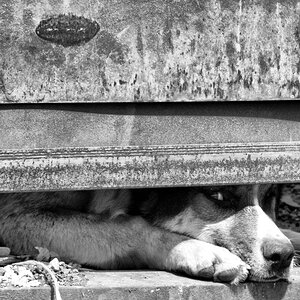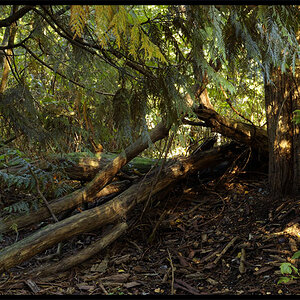Lacrossedad
TPF Noob!
- Joined
- Mar 10, 2017
- Messages
- 46
- Reaction score
- 28
I have been getting back into photography and am at the point where I have a couple thousand shots that I want to preserve. I bought a separate memory drive for the computer, but I am still worried about losing these pics. Who uses I Cloud storage? Who does everyone use for I Cloud storage? I know the fees differ but also how you access and store the pics vary as well.




![[No title]](/data/xfmg/thumbnail/37/37112-9474bbad05f760cbef79df3379b23509.jpg?1619737882)








![[No title]](/data/xfmg/thumbnail/32/32706-50b778fbc110c8ea4472547d54c6a923.jpg?1619735610)